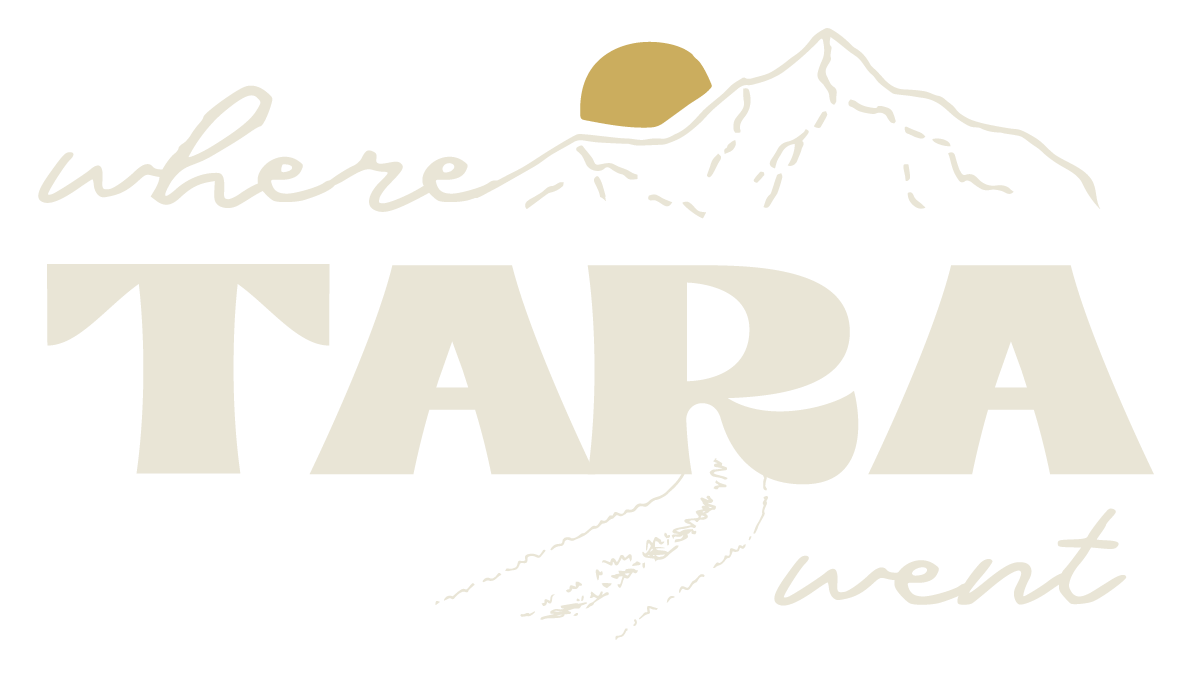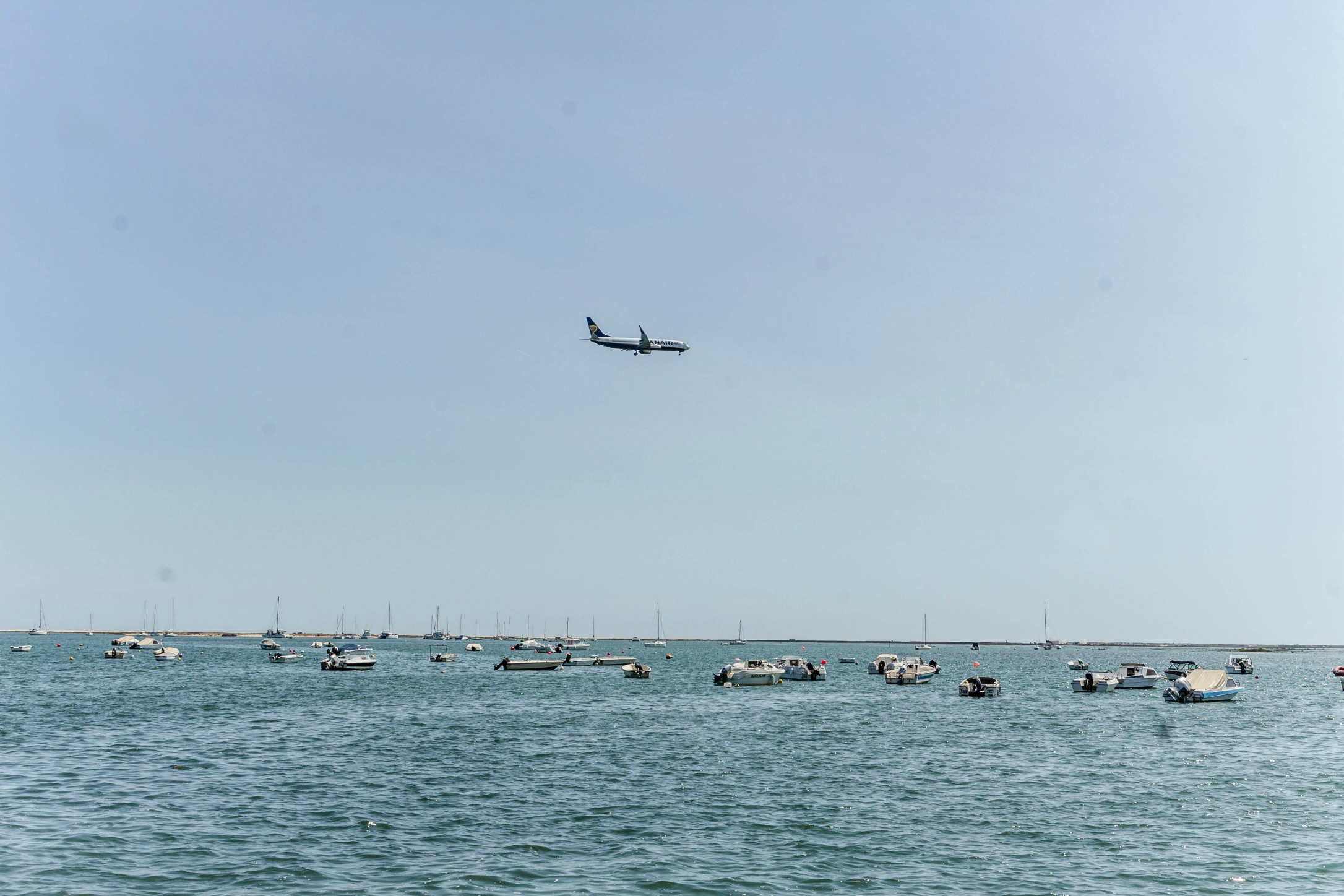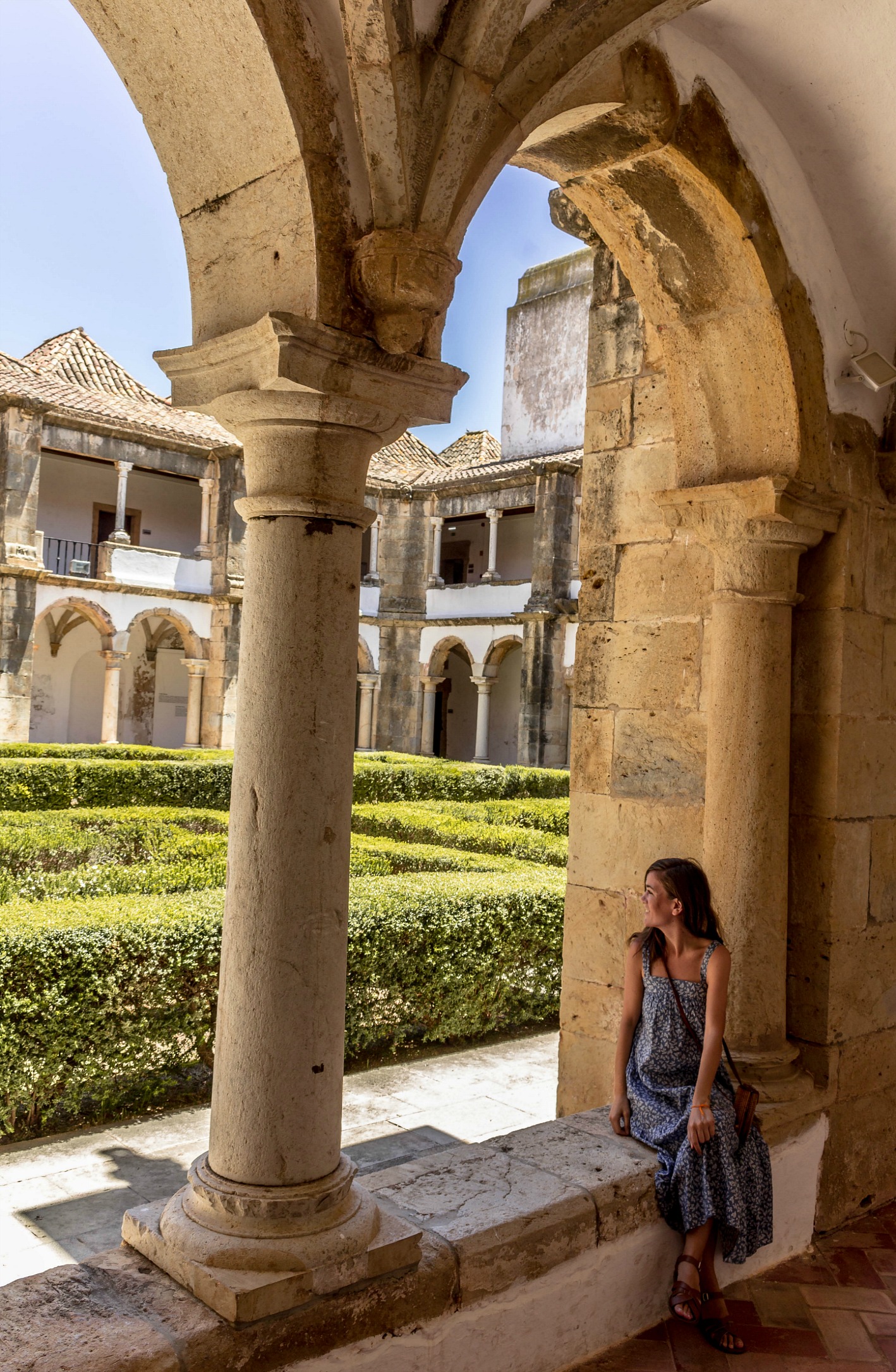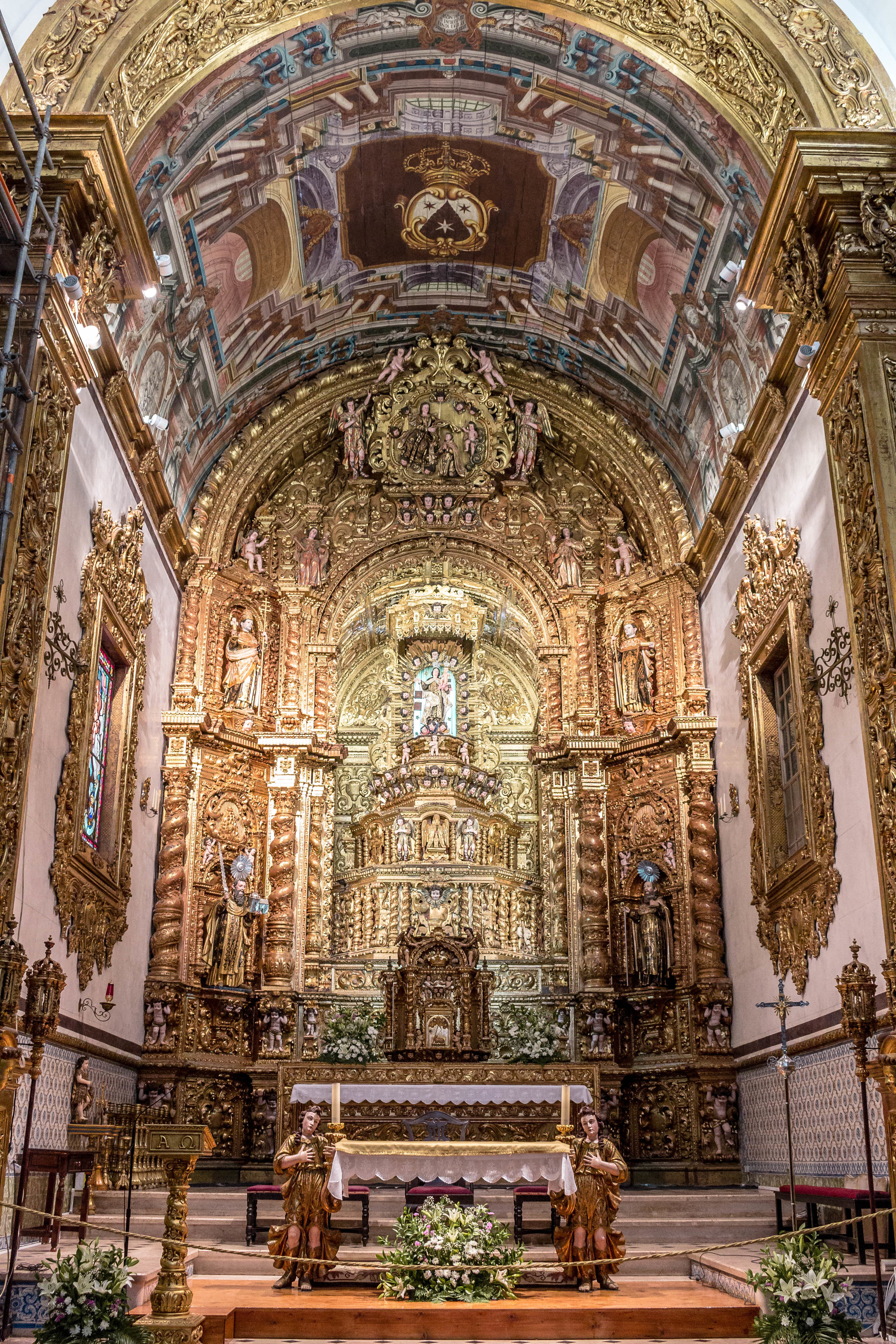a guide to Faro, Portugal: what to do + where to eat in Portugal’s southernmost city
Faro is Portugal’s southernmost mainland city and, though I’m known for creating maps and conducting research on any area I’m travelling to, I arrived in Faro without a single clue as to what to do, where to eat, or how to make the most of my time there. Luckily, the city revealed itself to me during my leisurely three days there. While there’s less to do and see than other Portuguese cities, Faro is walkable, filled with friendly faces, and extremely affordable. I’d say it’s definitely worth a stop if you want a more relaxed vacation.
This post is a quick guide for all those headed to Faro as clueless as I was so that you can go there with some sense of what to do and where to eat.
getting to Faro ↴
The easiest way to get to Faro from outside of Portugal is to fly. RyanAir is one of the many budget airlines that provides affordable flights. If you are already in Portugal, I suggest using the fantastic train and bus system. For €15 {USD $16.77} you can get a bus across the country and even over into Spain.
ECO TIP: Those of you flying should consider offsetting your carbon emissions! Yes, certain airlines do this for you, but most budget airlines do not. I use ClimateCare.org.
There is a bus from the airport to the city that makes various stops and costs €2.35 {an odd amount to have in cash, I know}. Instead of spending money on an Uber or local taxi, take the bus. Taking the bus will also help the planet a bit!
getting around Faro ↴
Faro is a relatively small city, so getting around it on foot is easy. In fact, this is my top recommendation for those visiting, as there are so many side streets and cobblestone alleyways you will want to stumble upon. Walking all over the town will ultimately lead you to the best backstreet spots. Alternatively, you can download the Flash app and rent an electronic scooter with the click of a button.
If you are doing the traditional road trip across Portugal, you can drive around Faro, though I wouldn’t recommend it. Parking is extremely limited in this quaint town, as well as costly. Many of the hotels, AirBnBs, and hostels inside the old city don’t accommodate parking, so you’ll have to find some further away. It’s not impossible, but it is a nuisance and an extra expense.
When to visit Faro ↴
A quick Google will tell you that the best time to visit Faro is in September, because temperatures are cooler and the summer crowds have dispersed.
I visited in early June when the weather was sunny and temperatures peaked in the 30°Cs {almost 90°F}. While it was definitely hot in the afternoons, the mornings were pleasant and the evenings were cool thanks to the sea breeze. There weren’t very many tourists at all in Faro during my time there, so I got prime weather without the major crowds.
what to see + do in Faro ↴
Three days was an ideal length of time to enjoy the city at a {very} leisurely pace.
take a free walking tour
Our free walking tour with Marcel was a fantastic introduction to the city. I have been on many free walking tours previously, and always find them a nice way to get stuck into a new place, especially if you aren’t sure where to start or haven’t done any research. There’s no need to book in advance, just turn up at 10 AM and look for the person with a red umbrella. There’s no need to book online in advance, but you should bring some cash so that you can tip your guide. Tips are this tour’s only source of funding and it’s run entirely by locals, so being generous is not only kind but helpful to the local economy.
snatch views from the clock tower at Faro cathedral
The Faro Cathedral is a stop all by itself, but the really impressive bit to me was the viewpoint from the clock tower. The cathedral was constructed in the name of the Virgin Mary, the image of whom can be seen all over the city of Faro.
When the Moors came to Faro and took over, they threw a statue of the Virgin Mary into the lagoons around the island that is now the historic part of Faro. Almost immediately, the fishermen of the town stopped catching any fish. The remaining Catholics of the town went to the Moorish leaders and told them that they believed the town was being punished for the act of vandalism. Scared of losing their livelihood, the Moors retrieved the statue from the water and placed it back on top of the gateway arch of the city. It’s said that as soon as Mary was back overlooking Faro, the fishermen caught an abundance of fish and the town never ate so well.
OPENING HOURS: there are no official opening hours posted online or at the church site, but our tour guide on the free walking tour said it’s typically opened after 2 PM
visit the Museu Arqueologico
The Museu Arqueologico used to be a convent. In fact, from the outside, you can see a tower with thin slits around it. At the time, Catholic nuns were not allowed to be seen outside of the convent so that they wouldn’t tempt the men of the town— particularly the priests and monks. The nuns were allowed to look outside through the slits in the tower that were designed so that they could see out but no one could see in. Today, the convent has been converted into a large museum spanning two levels and multiple rooms. There is Portuguese art, artifacts from the Moorish and Roman occupations, and other bits of antiquity that will give you more insight into the vast history of Faro.
TIP: Most museums are free on Sundays in Portugal, so plan any museum-going for then to save yourself cash
OPENING HOURS: Monday through Friday 10 AM - 7 PM, Saturday and Sunday 11:30 AM - 6 PM
check out the Chapelle des Ossos (the bone church)
This 18th-century church has a beautiful, beautiful interior, but the chapel behind the main church building is what you’ll find extra interesting. While the bone church in Kutná Hora I visited was more of a memorial, this bone chapel is considered art and is meant to serve as a reminder of our mortality.
OPENING HOURS: there are no official hours of operation posted
where to eat in Faro ↴
There are quite a few eateries in the area. Like most cities, those closer to the main street up-charge for the same food that you can find other places a little further from the center for less money and of better quality.
Places I recommend eating in Faro:
l’Osteria | Italian food, including wood-fired pizzas
Álef Burger Bar | beautiful interiors and even more beautiful food, vegan options available
Pigs + Cows | considered the best restaurant in Faro, serving modern takes on classic Portuguese cuisine
Demo Urban Bakery | classic Portuguese bakery filled with affordable food to grab and go
Maktostas | the ideal place to try a traditional Portuguese rusk (like a grilled cheese sandwich only better), huge portions
Papaya | gluten-free, vegan, and organic menu options available; great for a healthy breakfast or lunch
O Seu Café | best pastel de natas in Faro, menu is almost entirely in Portuguese
where to stay in Faro ↴
I stayed at a sweet little AirBnB near the old town, with a beautiful balcony, fully serviced kitchen, and a large, shared bathroom. It wasn’t much to look at, but I highly, highly, highly recommend it for the balcony and location alone. Plus, Diana was the best host. I had full privacy and she left me a little tile magnet as a token from my visit to the city. There are hostels and hotels throughout the city, but I almost always opt for an AirBnB for that “piece of home” feel. Also, since I had a kitchen, I was able to make a few meals and enjoy them on the balcony which unintentionally saved me an extra bit on my food budget!
We also love using Booking.com to book the best places to stay around the world.
map ↴
Find all the best things to do and what to eat in Faro, Portugal on the map below.

















